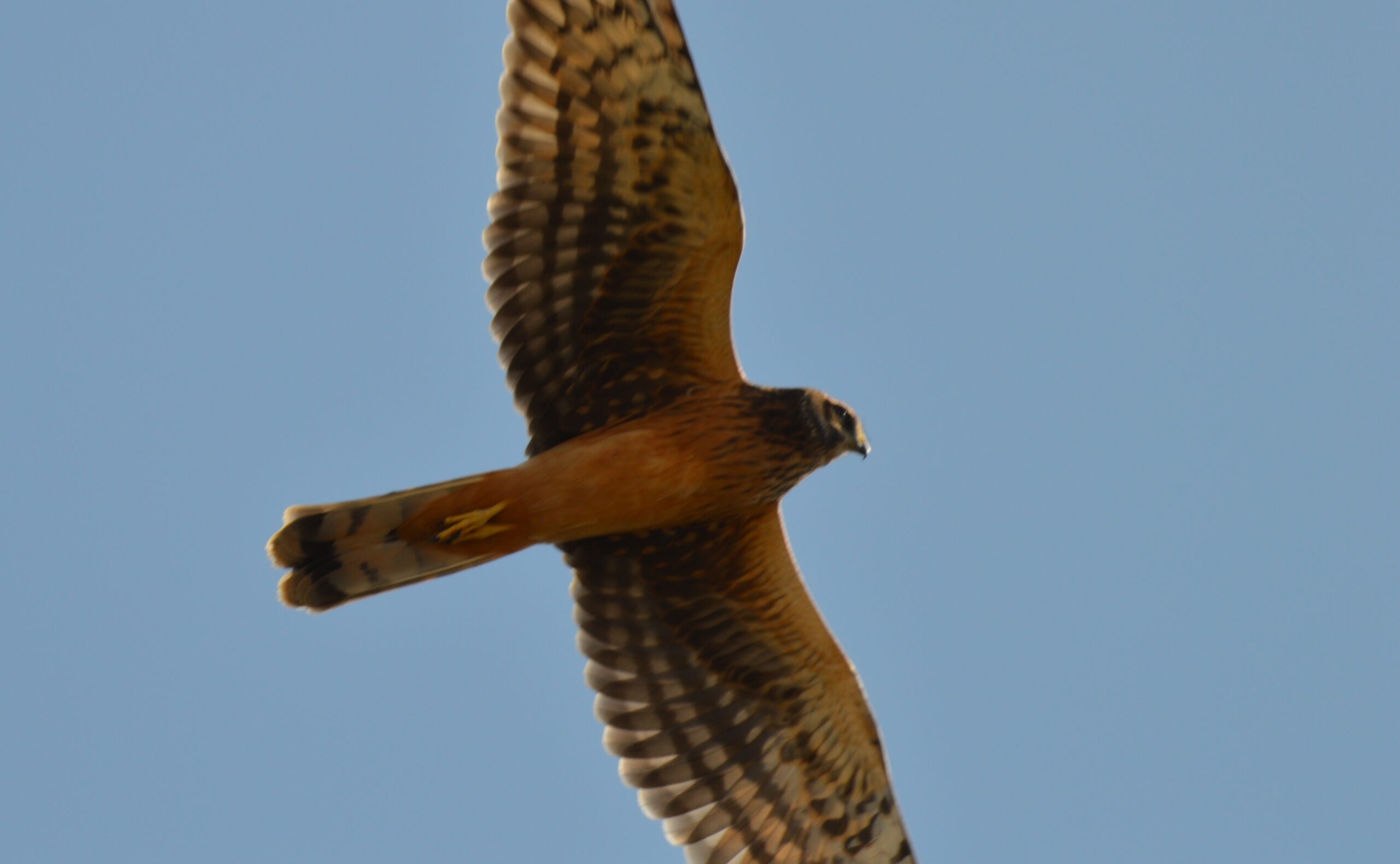A small sample from Sheldon Wildlife Refuge.
On a recent trip to Virgin Valley Campground in Nevada, I, along with my daughter and some friends, explored Sheldon National Wildlife Refuge. The campground sits in a dusty lot with only a minimal of trees. We were lucky enough to get a shaded spot to camp, and even luckier to have the Virgin Valley Warm Springs, a 90 degree pond of water, to relax in at night. It was a break from what I am used too. Hot, dry and windy, it was not the normal I am accustomed to when birding. I am from the Oregon Coast, and during most of my birding excursions I expect rain, or at least a humidity that is noticeable. In the triple digits during the day, I did not expect to see much wildlife, other than antelope that do not mind the daunting sun, during the hours between dusk and dawn. And while we saw antelope, many rabbits, and mule deer in the evenings, it was the birds that grabbed my attention for much of the trip. Sheldon Wildlife Refuge has several ponds and other bodies of water which draw in summer birds like Pied-Billed Grebes, American Coots, and Great Blue Herons. The desert allows raptors to prey upon the many desert animals, and the sage is cover for many birds, the Greater Sage Grouse a famous example. Throughout the trip I kept my list, as any good birder does, and am ready to head back into the high desert in search of even more birds. Until then, please enjoy a selection of my favorite sightings and photos, birds and otherwise, from Sheldon National Antelope Refuge.
Water Birds

Between the 20+ Dufurrena ponds, some of which are dry, and several reservoirs, water birds are common all year on Sheldon Wildlife Refuge. The Black-Necked Stilt, pictured, waded for prey in one of the ponds not far from the headquarters of the refuge. Other sightings included multiple Pied-Billed grebes, coots, and mallards on the ponds. A Great Blue Heron was spotted daily on Dufurrena Pond #20. Last, a lifer for me, two Black Faced Ibis’s were spotted, one on Catnip Reservoir, a larger body of water on the refuge.
Land Dwellers
Among the sage and rocks, many birds flittered about. The pictured Yellow-Rumped Warbler flew from bush to bush, as chukars and quail used their legs and only flew when really needed. Vesper Sparrows call the desert home, as well as huns (The Grey Partridge) and Rock Wrens. Yet when in the desert the Greater Sage Grouse is the prize sighting. On this recent trip, I was lucky enough to see a group of 6 close to Cat Nip Springs. As hard as I tried, I did not get one decent photo as the birds scattered and ran through the bushes, following no distinctive pattern. A head would pop out from behind the sage, and quickly disappear as I frantically tried to find them in the camera.

Soaring High and Other Naotables.

The desert is an amazing place to spot raptors. On our trip, we were lucky enough to see many Red-Tailed Hawks, Harriers, and Turkey Vultures. Also common, as the name implies, we saw several Common Nighthawks flying about in the evenings. Last, an uncommon sighting of another nocturnal bird, the Common Poorwill, happened on the way back to camp on our last evening. Two poorwills flew about, chasing each other over the sage desert as the sun set behind the far off mountains, giving us a goodbye to remember.
In Closing…
While birding was not my specific goal for a trip to Nevada, I am now wanting to plan a more focused trip just for the birds and other wildlife. However, the area offers so much more for anyone that is interested. One of the main draws is the opal mines in the area, as well as the already mentioned warm springs. 1000 Foot Gorge, a tremendous sight, also sits within the refuge. In the near future come back to Simply Adventure for a more in-depth look at the full adventure that can be had from a base camp at Virgin Valley Campground. Until then, please enjoy a small gallery of birds and wildlife from the High Desert.
Birds, Wildlife from the High Desert (Gallery)











